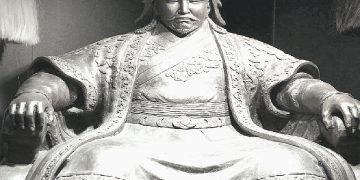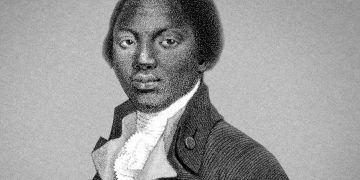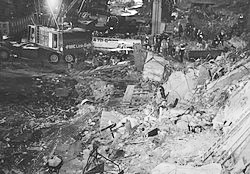Fort William was a stronghold built by the British in Calcutta, India to protect the British East India Company from attack.
The Nawab of Bengal, Siraj-ud-Daulah, (pictured left) was unhappy with the British presence and influence in his country and on 20th June 1756 successfully attacked and captured Fort William.
According to an account of the event compiled by John Zephaniah Holwell, a senior East India Company employee, 146 prisoners were locked into a room measuring 24 feet by 18 feet. There was no air and no water supply in the room. When the door was opened the next morning only 23 people, including Holwell had survived.
Holwell’s account of the event, ‘A Genuine Narrative of the Deplorable Deaths of the English Gentlemen and others who were suffocated in the Black Hole‘ published in London, 1758 was not challenged at the time. Robert Clive’s subsequent recapture of the fort and victories in India resulted in British rule in India being strengthened.
In 1915 Holwell’s account of the events of the night of 20th June 1756 were challenged by J H Little who pointed out that 146 people could not possible fit into a room of the dimensions described by Holwell. He also found testimonies by other survivors that described the room as being somewhat larger. He also discovered that the number of unaccounted for soldiers was only 46 meaning that it was more likely that the number of soldiers that lost their lives was 46. Little concluded that Holwell exaggerated the events in order to make himself appear more heroic.
Despite the evidence uncovered by Little in 1915 that Holwell exaggerated the facts, the fact remains that those captured by Siraj-ud-Daulah were locked into a room without water or sufficient air supply and a number of them did die. Holwell’s account did enrage the British public and lead to a strengthening of British rule over India which remained until Indian independence in 1947.












